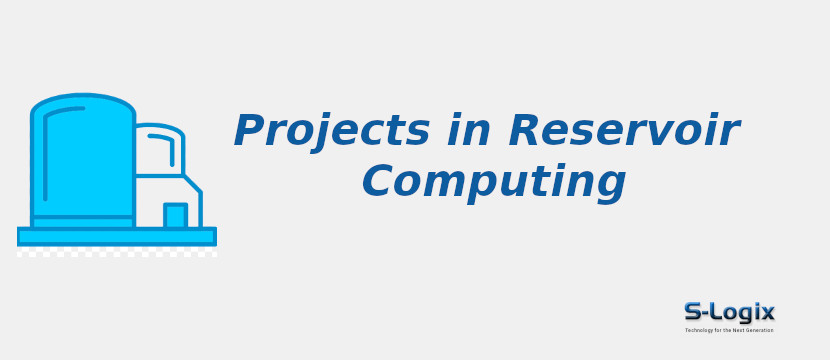Project Background:
Reservoir Computing lies in the quest for efficient and powerful machine learning and artificial intelligence techniques, particularly in recurrent neural networks. Reservoir Computing represents a novel approach to recurrent neural networks by simplifying the training process and improving their capabilities. This background stems from the need for more accessible and robust methods in handling sequential data, a fundamental component of applications in time series prediction, speech recognition, and natural language processing. This work builds upon the unique architectural features of Reservoir Computing, such as a fixed, random hidden layer, which simplifies training and offers a distinct advantage in capturing complex temporal patterns. The simplicity and effectiveness of Reservoir Computing have the potential to revolutionize various applications in data analysis, making it a promising avenue for achieving results with minimal training complexity.
Problem Statement
- The Reservoir Computing focuses on addressing the challenges of effectively modeling and predicting sequential data.
- Traditional RNNs are known for their complexity in training, sensitivity to hyperparameters, and difficulties with capturing long-term dependencies.
- The problem is to develop a more efficient and accurate approach to tackle tasks like time series forecasting, speech recognition, and natural language processing.
- Also, Reservoir Computing, with its unique architecture and simplified training procedure, offers a potential solution to leverage the modeling and prediction of sequential data typically associated with traditional RNNs.
Aim and Objectives
- To harness Reservoir Computing to simplify the training process and enhance the effectiveness of RNN for modeling and predicting sequential data.
- Develop efficient models that simplify training while maintaining high prediction accuracy.
- Enhance the capability to capture long-term dependencies in sequential data.
- Reduce the computational complexity and hyperparameter sensitivity of traditional recurrent neural networks.
- Develop models that can be scaled for larger datasets and real-world, high-dimensional applications.
Contributions to Reservoir Computing
1. In this project, improved long-term dependencies enhance the ability of RNNs to capture sequential data, leading to more accurate predictions.
2. This approach reduces the computational and hyperparameter complexities associated with traditional RNNs, making implementing and fine-tuning models easier.
3. It is also called for handling larger and high-dimensional data, making it suitable for real-world, complex applications.
4. Also, it contributes to advancements in the analysis and prediction of sequential data, offering a more efficient and accessible approach to solving complex problems.
Deep Learning Algorithms for Reservoir Computing
- Long Short-Term Memory (LSTM)
-
Gated Recurrent Unit (GRU)
-
Time-delay neural networks (TDNNs)
-
Echo State Gaussian Processes (ESGPs)
-
Hidden Markov Models (HMMs)
-
Support Vector Machines (SVMs)
Datasets for Reservoir Computing
- Mackey-Glass Time Series
-
Santa Fe Time Series
-
Lorenz System Data
-
TIMIT Speech Dataset
-
Penn Treebank
-
MNIST (handwritten digits) dataset
-
CIFAR-10 and CIFAR-100 image datasets
-
Text datasets
-
Audio datasets
Performance Metrics
- Mean Squared Error (MSE)
-
Root Mean Squared Error (RMSE)
-
Mean Absolute Error (MAE)
-
Normalized Root Mean Squared Error (NRMSE)
-
Fraction of Correctly Predicted Instances (FCPI)
-
Area Under the Receiver Operating Characteristic (ROC-AUC)
-
Precision, Recall, and F1 Score
-
Mean Absolute Percentage Error (MAPE)
Software Tools and Technologies:
Operating System: Ubuntu 18.04 LTS 64bit / Windows 10
Development Tools: Anaconda3, Spyder 5.0, Jupyter Notebook
Language Version: Python 3.9
Python Libraries:
1. Python ML Libraries:
- Scikit-Learn
- Numpy
- Pandas
- Matplotlib
- Seaborn
- Docker
- MLflow
2. Deep Learning Frameworks:
- Keras
- TensorFlow
- PyTorch
